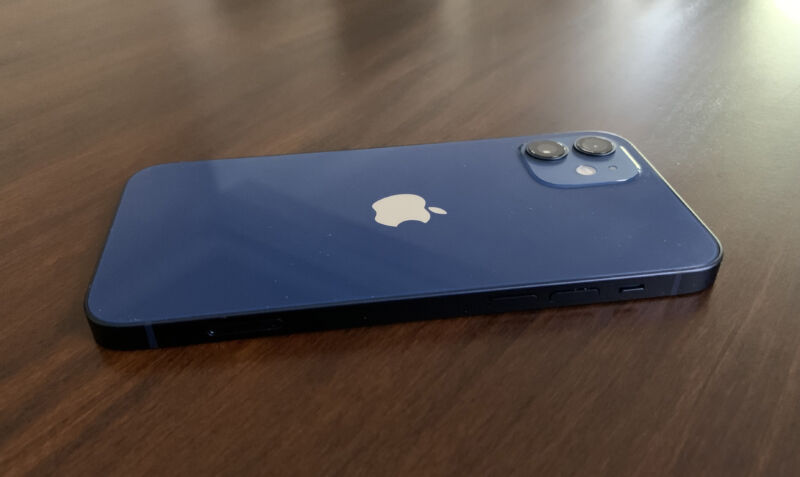
Two years after the feature was made available to third-party developers on iPhones and seven years after it came to iPad, Google announced it will now roll out picture-in-picture playback for the YouTube iOS and iPadOS app.
Google says the picture-in-picture capability will be rolled out gradually, though it hasn't stated a time frame. However, it clarified that the availability of the feature would vary based on the status and location of Premium subscribers. Worldwide, the picture-in-picture capability works for anyone with a YouTube Premium subscription and any video. Users in the US who: do not YouTube Premium can also take advantage of picture-in-picture, but only for what Google deems non-music content.
That restriction likely prevents users from simply listening to music in the background on their devices via a free YouTube account instead of subscribing to the company's music offerings. While picture-in-picture is new, background noise (including for music) for currently playing videos has long been a cornerstone of the YouTube Premium service.
Picture-in-Picture was introduced on iPhones in iOS 14, which was released in 2020, but on the iPad it dates back to 2015's iOS 9. Since its introduction on the iPhone, the feature has made its way into the most well-supported video playback apps. on the platform, leaving YouTube an odd one out.
Google announced last summer that it would begin testing the feature with YouTube Premium members who sign up for it, and that testing period ended in April. The company hadn't said a word about it between then and now. Android users have been accessing YouTube picture-in-picture for years.
For what it's worth, Google's community support post announcing this new rollout acknowledged the slow pace, saying:
We recognize that this has been a slow rollout for a highly requested feature and would like to thank everyone who provided feedback during experiments (including recently on youtube.com/new), and patiently waited for this moment!
That said, this isn't the first time iPhone and iPad users have received key features from Google apps like YouTube or Google Maps much, much later than Android users.
As with other apps that take advantage of iOS' native picture-in-picture capability, all you need to do is play a video and then swipe up from the bottom of the screen (or press the home button on older iPhones). designs) to exit the app. The video should continue to play in a movable, resizable floating window as you navigate the home screen or other apps on your device.

Comments
Post a Comment